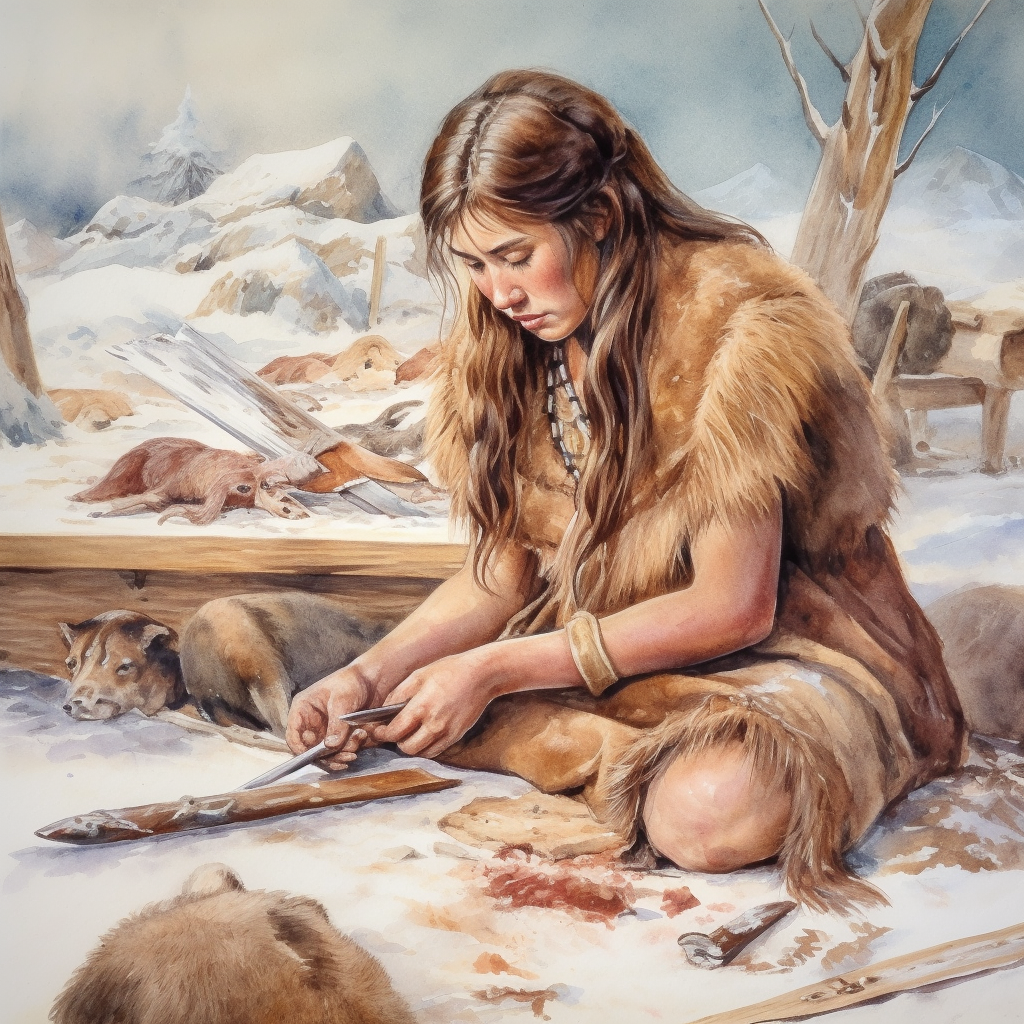Digesta Chow


Anthropologist Raven Garvey at the University of Michigan made headlines recently by proposing a novel insight into the social structure of prehistoric peoples.
I'm enchanted by her insight because it strikes me as glaringly obvious, while also being a telling indictment of how hidden assumptions shape our thinking.
The popular explanation of the primitive hunter-gatherer lifestyle is that women stayed behind to gather plant foods because it was a safer, low-risk way of protecting their reproductive capacity, while men went on long, dangerous journeys to hunt big game.
This is a superficially comforting story because it supports and justifies our long history of gendered roles, but there's a tragic flaw in this logic.
Imagine living in a time when your entire life was spent in a nomadic family group, or in a very small unit of one to two dozen people almost constantly on the move in search of food. The world around you was wild, dangerous, and scary; full of wolves, predators, and other groups of humans as willing to befriend you as raid your camp.
Unfortunately, big game like bison, caribou, or mammoths often gathered in places where the plants that humans ate weren't located, or at times of the year when plant foods weren't ready to be harvested.
Does it make any sense then that "men" would leave the family group to follow herds of big game, or that "women" would stay behind to harvest berries or nuts?

This makes no sense at all, but the idea that family groups could stay together while hunting big game made no sense either—that is, until Raven Garvey proposed an explanation for how this could have worked.
It turns out that the mashed up ingredients found in an animal's stomach after it's killed are perfectly edible and nutritious, and offer essential carbohydrates and nutrients that can provide a well-balanced diet alongside meat.
In fact, Raven Garvey determined that there is enough plant material inside the stomach of a 1000-pound bison, together with the animal's meat, to sustain a group of 25 people for three days, which could provide a critical buffer that allowed family groups to stay together while traveling and hunting animals in areas or seasons where there were no plant foods.
This also meant that men and women could stay together and work together to hunt animals while still obtaining all the essential nutrients they needed for a well-rounded diet. In this scenario there's no obvious division of roles, and studies of artifacts found at prehistoric gravesites indicate that 30-50% of all hunters were female.
It's hard to imagine eating the slimy, goopy green mass of partially digested plants in an animal's stomach but this digesta (or chyme) is actually considered a nutritious delicacy in many cultures both old and new.

And when you think about it, digesta is nothing more than the foods we're already eating, except that it's broken down into its constituent parts and mixed in a stew of stomach acids that give it a tart flavor.
This idea is not easy to "stomach" but you can see how it offers us fascinating new ways to think about the dynamic roles that men and women played in ancient hunting and gathering cultures.
Member discussion